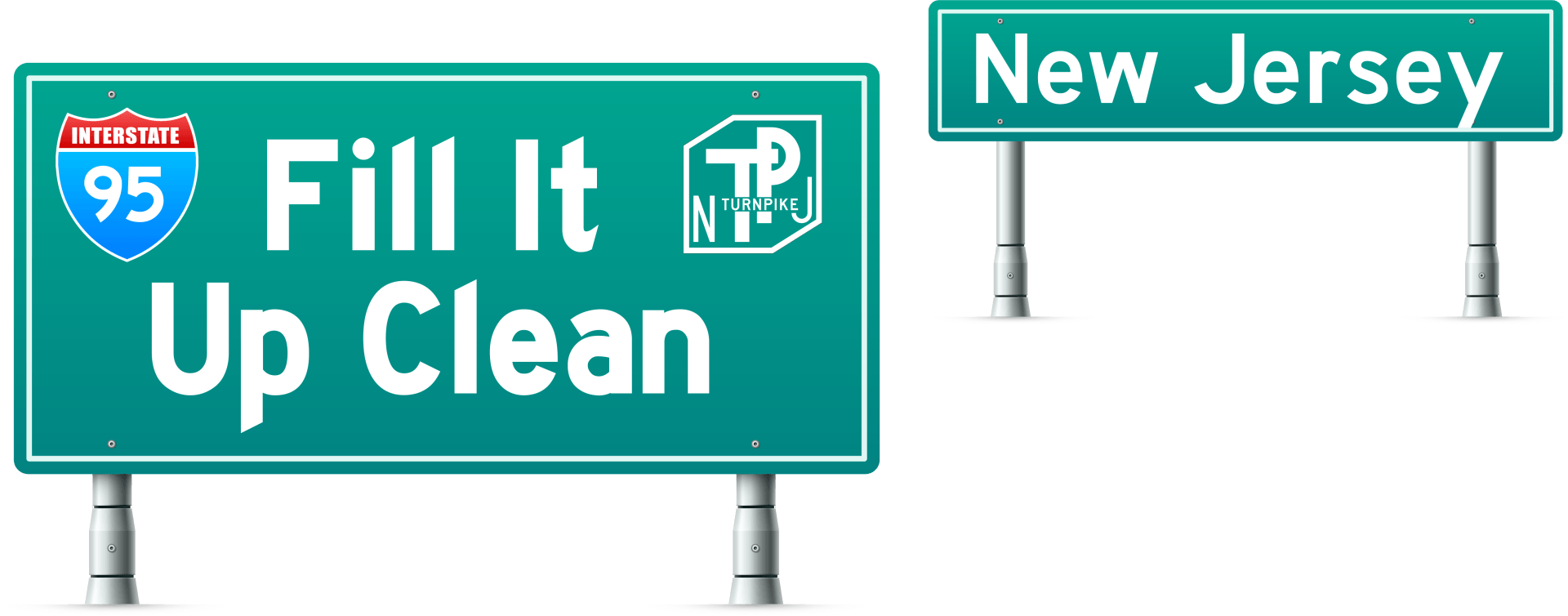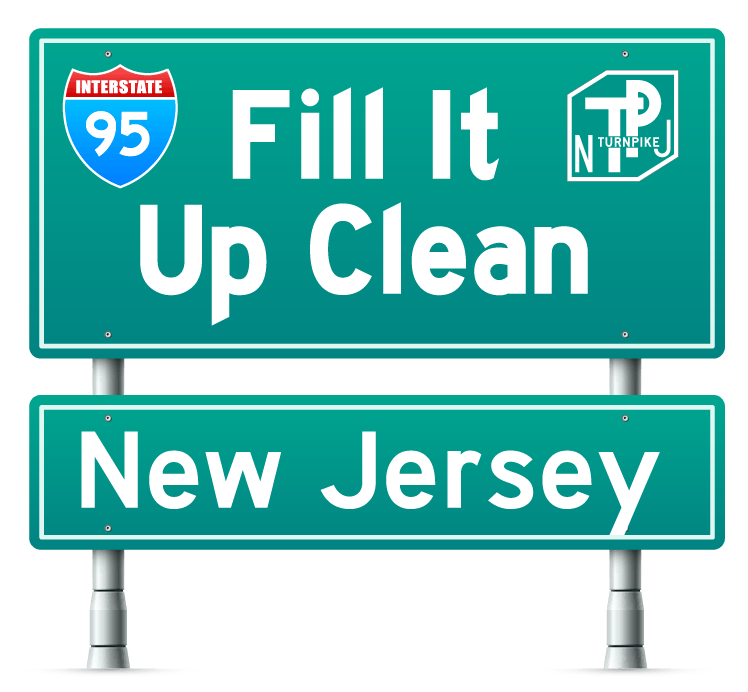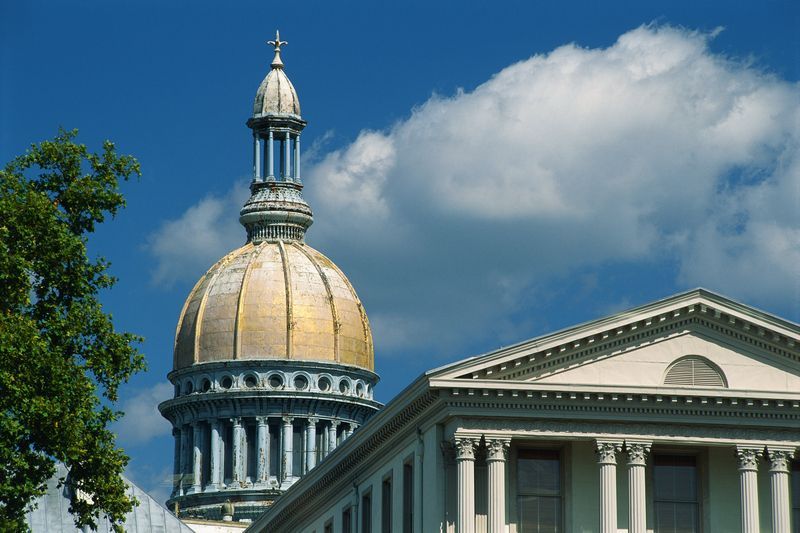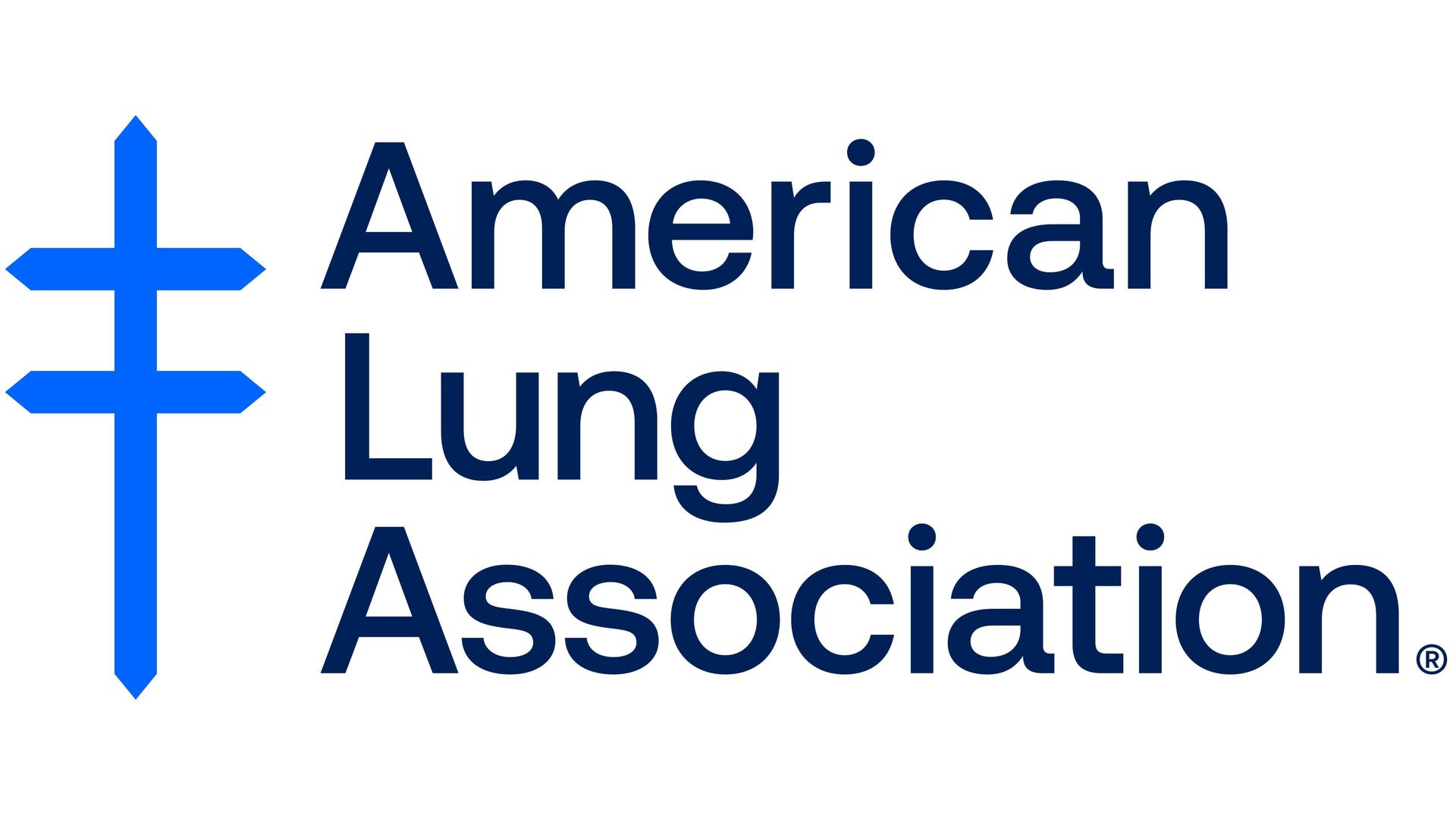State Tells Ida-Hit Homeowners Forgeddabout Rebuilding
Will FEMA Have Enough $$ To Help Future Hurricane Victims In NJ?
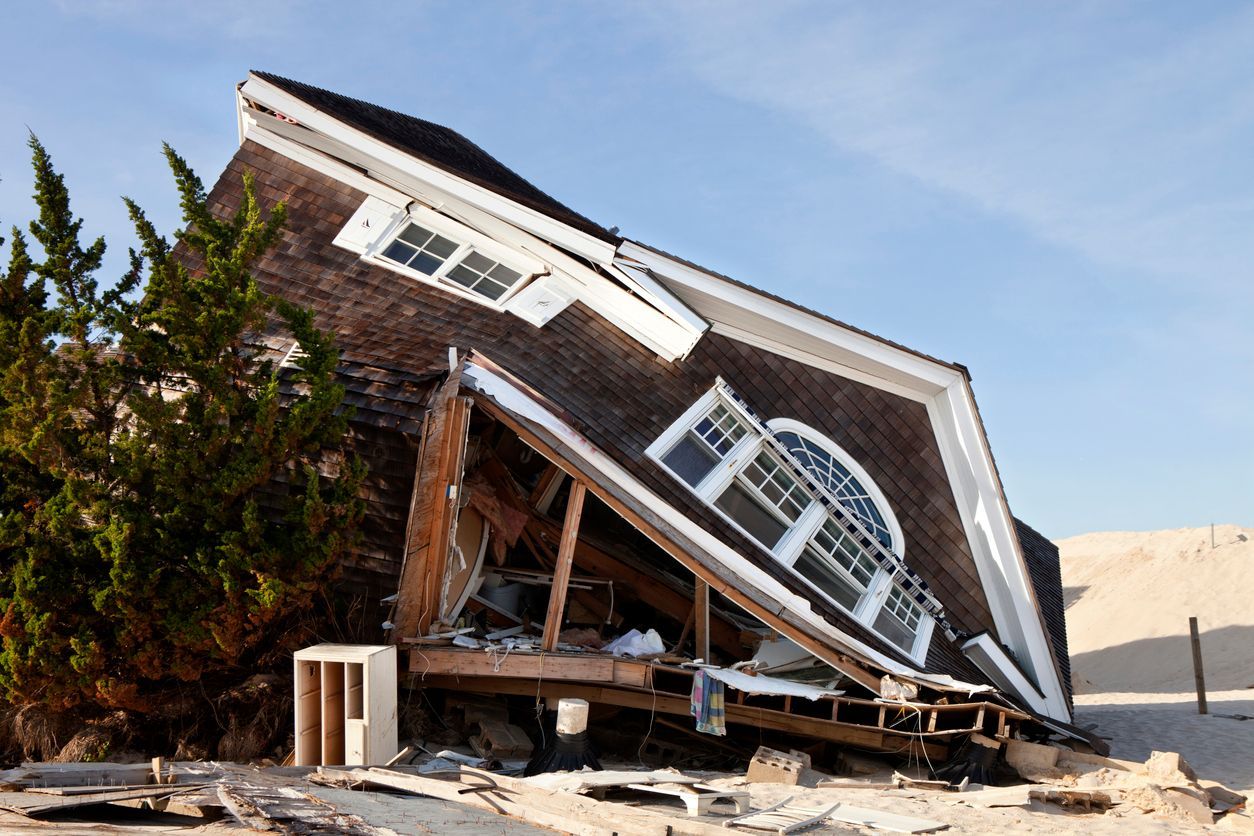
As climate change induced storms and hurricanes gain intensity, combined with private insurers increasingly unwilling to underwrite policies for homes most prone to flood or collapse, officials in Trenton are encouraging residents who take advantage of the Blue Acres Homeowner Buyout program to sell their homes rather than rebuild them.
So far, about 80 homeowners in Manville, which took a heavy hit during Hurricane Ida in 2021, have been told they will not receive state help if they choose to elevate or repair their homes. Overall, the flood plain area encompasses about 500 homes, where approximately 2,000 people live.
Historically, The Blue Acres Buyout Program worked to improve the slow approval times that keep homeowners from collecting disaster relief and the tortuous process of finding replacement homes. The program has impressive metrics that show its success. Since Superstorm Sandy, the program has secured federal funding for nearly 1,200 properties and made offers on 1,115 of them. To date, about 700 homes in 20 municipalities and 10 counties have been demolished, creating open space to provide a buffer against future floods, and an asset for recreation and environmental rehabilitation.
Repeatedly Rebuilding After Hurricanes No Longer Makes Sense
In 2022, Gov. Phil Murphy said the state would use $50 million of Hurricane Ida recovery funds to relocate New Jerseyans hit the hardest by hurricane-related flooding to higher and safer ground, among other flood mitigation measures. The razed properties would then be used as open space to catch flood waters before they wreak havoc.
“No New Jerseyan should have to see their life’s work washed away by devastating rain and floodwaters. As New Jersey continues to experience more extreme weather events, we must become proactive in our approach to protect the communities and businesses that continue to bear the brunt of flooding and damage from these storms,” he said.
State Faced With Tough Choices In Using Disaster Aid
Manville has suffered through three major disasters since Hurricane Floyd in 1999 and contains Lost Valley, a natural flood plain between the Raritan and Millstone rivers. The borough is littered with empty lots of homes that homeowners already took buyouts for after Hurricanes Irene and Sandy.
Lisa Ryan, a Department of Community Affairs spokeswoman, says the new policy change is the result of a multi-agency effort that used advanced flood-mapping technology from Rutgers University to determine what properties were "very likely" to flood again and made the most sense to be razed instead of repaired, elevated or rebuilt.
Public Safety A Top Priority In A Warming World
Murphy spokesperson Tyler Jones explained to NJ Advance Media that the difficult decision to offer buyouts to these homeowners instead of federal aid entered into "lightly."
“(With) the increase of more powerful storms due to climate change, there is no doubt that another event will occur sooner rather than later. Despite these catastrophic floods, little has been done over the last several decades in Manville to truly mitigate the clear public safety risks,” Jones said.
Nearly 630,000 state properties—or 27% of all NJ buildings—have a more than 26% chance of getting hit by flooding over the next 30 years, according to the Federal Emergency Management Agency, which assesses risk for all 50 states through its National Risk Index. New Jersey ranks #10 for highest risk with an index of 83 out of 100 and estimated annual flood losses at $1.6 billion.
So Much Climate Chaos So Few $$$ For Disaster Recovery
Heightening climate change has unleashed increasingly devastating storms upon the nation, putting a major strain on the limited pool of federal resources available for disaster relief, which, in the case of flooding, usually covers a fraction of total damage costs. Since 2016, the nation has witnessed 139 separate billion-dollar disasters responsible for $1.1 trillion in damage and over 5,000 deaths.
Hurricane wind and storm-related flooding accounts for an estimated $34 billion a= year of economic losses in the residential sector nationwide. That includes $20 billion for flood damage, less than a quarter of which (23%) is usually covered by federal disaster relief through the Federal Emergency Management Agency and the National Flood Insurance Program.
From 1992 until 2021, FEMA spent a total of $347 billion (2022 dollars) on disaster relief, 44% for hurricane-related wind and flood damage.
New Jersey has received at least $2.6 billion in recovery aid since 2012, including $1.7 billion for Hurricane Sandy and $867 million for Hurricane Ida, which together has caused nearly $28 billion in economic losses so far.
To make matters worse, FEMA appears to be running out of disaster relief money this year right before the peak of Atlantic hurricane season, thanks to unexpected catastrophes earlier this year and late last, among others.
“From atmospheric rivers in January to tornadoes and wildfires in December, we can no longer speak of a disaster season... We now face intensified natural disasters throughout the year, often in places that are not used to experiencing them," FEMA Administrator Deanne Criswell told a U.S. House Homeland Security panel last month.
Pretty bad timing, considering Atlantic Ocean temps are hitting record highs this summer, increasing odds for more destructive and tumultuous storms slamming the Atlantic coastline.
Clean Fuels Lessen Need For Disaster Aid, Home Buyouts
Climate change is hurting New Jerseyans' pocketbooks, but there are some affordable options to reduce greenhouse gas emissions that are wreaking havoc around the planet. Our choices don't have to be limited to offering home buyouts, insurance premium hikes, and taxpayer-funded disaster aid and flood insurance payouts.
Switching to clean fuels for an extra penny a gallon at the pump could help tame the massively destructive storms flooding New Jersey residents. For about $5 per year for every person in the state, we could reduce climate pollution from transportation by up to 80%.
That's a bargain compared to the $2.6 billion in federal disaster relief provided in taxpayer funds or the $28 billion in economic losses caused by Hurricanes Sandy and Ida.
Add in benefits like cleaner air, better health, lower health care costs, and more jobs and economic opportunities for New Jerseyans, and it becomes clear that the road to disaster is the road driven with dirty fossil fuels.
Related Stories:
Ida flood victims shocked by sudden buyout offer
FEMA Slipping Into Red Before Hurricane Season's Peak
